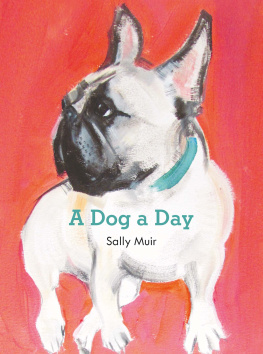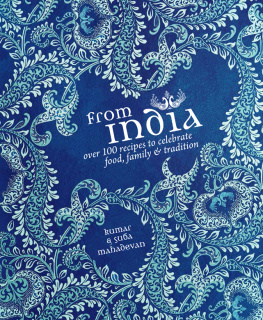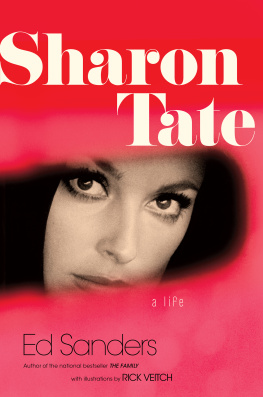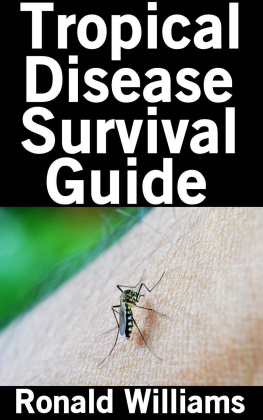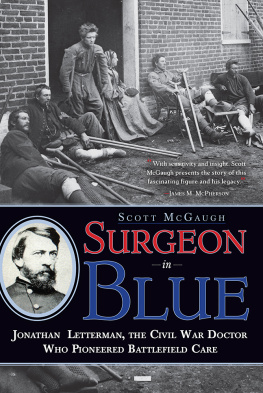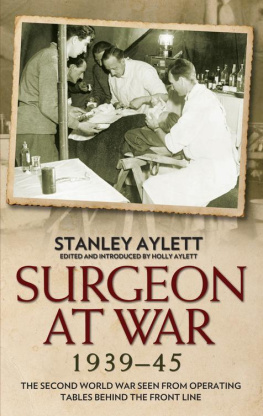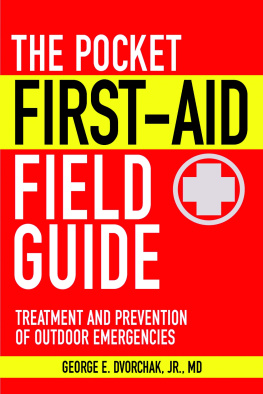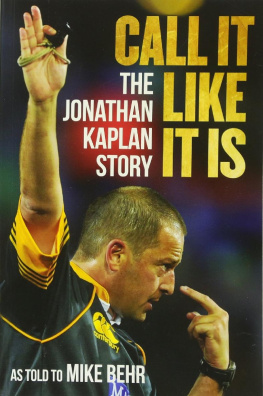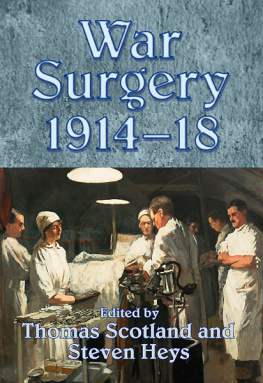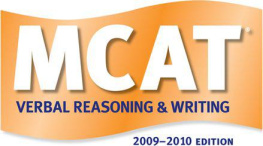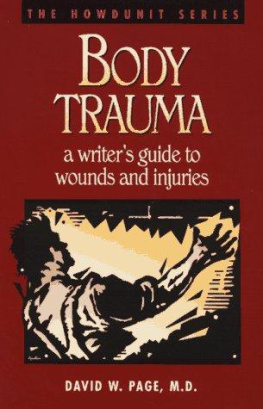Contact Wounds
ALSO BY THE AUTHOR
The Dressing Station
Contact Wounds
Jonathan Kaplan
A War Surgeons Education

Copyright 2005 by Jonathan Kaplan
All rights reserved. No part of this book may be reproduced in any form or by any electronic or mechanical means, or the facilitation thereof, including information storage and retrieval systems, without permission in writing from the publisher, except by a reviewer, who may quote brief passages in a review. Any members of educational institutions wishing to photocopy part or all of the work for classroom use, or publishers who would like to obtain permission to include the work in an anthology, should send their inquiries to Grove/Atlantic, Inc., 841 Broadway, New York, NY 10003.
Published simultaneously in Canada
Printed in the United States of America
Library of Congress Cataloging-in-Publication Data
Kaplan, Jonathan, 1954
Contact wounds : a war surgeons education / Jonathan Kaplan.
p. cm.
eBook ISBN-13: 978-1-5558-4659-6
1. Kaplan, Jonathan, 1954- 2. Surgery, MilitaryBiography. I. Title.
RD153.K37 2005
617.092dc22
[B]
2005050204
Grove Press
an imprint of Grove/Atlantic, Inc.
841 Broadway
New York, NY 10003
Distributed by Publishers Group West
www.groveatlantic.com
For Andrew, Greg, Peter, Jacqui, Neil, Linda, Graeme, Jean,
Margaret and all those whose names I didnt know.
Contents
Prodrome Contact Wounds
Lifes passage is peaceful only for the fortunate. For those of us who become surgeons it is a search for sureness, amidst potential missteps and knife-edge decisions. Each of these situations leaves marks contact wounds that signpost a physical and emotional journey. This one begins with a colonial childhood, caught between old conflicts and new unrest. It takes in riots, wars, tropical medicine, documentary film-making, forensic investigations, a jungle search for a missing friend and the murderous streets of Baghdad.
The important things cannot be taught in any medical school. Learning to be a war surgeon is a process of stalking and studying the enemy, death, in order that it may be combated. Such a journey is in the nature of all mythical quests, involving obstacles and digressions, the lure of enlightenment and an implacable foe. It is an education in uncertainty and rootlessness, so that our work and our journeying become an attempt to define our place in the world.
Contact Wounds is an account of these travels, the paths taken and the price paid. Those of us whove been there are all wounded more or less, we have all left parts of ourselves behind. Perhaps none of us was intact to begin with. Theres the questionable motivation for voluntarily putting oneself in harms way; less through bravery or altruism than in flight from some greater loss. We search for completeness in the land of the maimed.
Yet there is a simplicity to existence in those extreme places, a sense of purpose, that can be hard to find in everyday life. This book charts that elusive clarity. It is also a testament to family destiny for the heritage of our past plays itself out through us, moving our hearts and hands and to survival, my own and that of the people Ive tried to save. Finally, perhaps, it is a dream of the possibility of homecoming.
1
Hereditary Conditions
I used to think we were unlucky that we hadnt had a proper War, and looked for its traces all around me. The buildings along the beachfront were graceful blocks of flats, their corners rounded like an old radio. They had names that Ive forgotten, but they held a particular charm for me because, as the adults said so casually, they were prewar; they had seen history. I imagined cocktail parties on those balconies, guests looking up at the sound of bombers overhead. In truth there hadnt been any bombers over Durban, at least none that flew in anger or rained incendiaries on the town below. The anti-aircraft guns on the Bluff did open up one night in 1941 on an empty sky and a house was demolished by a falling shell; a bit of a joke, really.
But the war had left its mark here, in the names scored on the memorial near the city hall, and grey ships loaded with tanks and men had once sat off the harbour mouth, forming convoys against the enemy submarines that might be stalking them against the imperfect beachfront blackout. My parents and their friends used to talk about those times as we sat on the beach, watching the deepwater swimmers out by the shark-nets. Stories about dancing at the Cosmo Club on leave, getting insults from the Afrikaner Studentebond for being in uniform: not the sort of action I was interested in. When I pressed them they would shake their heads.
Its 1960, I was told, the wars been over for fifteen years. You dont have to worry about that stuff anymore. Lets have some peace and quiet.
So I kept quiet and read my war books and tried to make sense of what was going on in the newspapers. The pictures showed police in their flat caps bending over untidy shapes of clothing. The faces were turned away, but I recognised those shapes from pictures of other battlefields. I read the headlines and tried the name Sharpeville on my tongue. It didnt have the same ring as Normandy or Dunkirk, but it meant something to the adults, that was certain, as they sat on the veranda and talked and smoked through the hot evening.
Theres going to be trouble, fighting, someone said, and I shivered, imagining rubble and tanks rolling through the streets. In the morning as we were being driven to school I stuck my head out of the car window, scanning the sky for aircraft. The other kids sang along with the radio:
Weatherman
tell us
da-dang
whats new,
what is the weather going to do?
There was nothing to see but the morning sun, bouncing off the bays calm.
It was only when my mother took us shopping in town, the sky black over the buildings before the afternoon thunderstorm, that I began to notice. Lots more cops than usual, elbowing back the unfamiliar weight of their slung rifles. The black people on the streets looked different too: quiet, and walking close to the walls as if they didnt want to attract attention. The police stopped them, lined them up and held out their hands for passbooks. It had a familiar look, like a scene from a movie about the German occupation in France. At the same time I was unimpressed because the cops didnt look like real soldiers and their voices cracked as they shouted.
Kom, kaffer, they screamed. Wys jou pas! and I realised how tense they were.
Its because theres trouble in the Native locations, I was told by my friend Rolie. Its because the Zulus hate the Indians; always have.
He and his mates suddenly appeared much better informed than I, who only heard evening talk that I wasnt supposed to be listening to, about vague things like the political situation. My school-friends didnt know anything about the political situation probably didnt know there was one but they knew about rampages and massacres, had heard their parents talk about black servants who crept silently up the stairs of the white homes each night, carving knife in hand, to check that everyone was asleep.
My father told me all about it, said Rolie. He was there in 49 during the riots when they burnt the Indian shops. He was called up from the reserves, and they gave him six bullets and a rifle and put him on patrol in Umgeni Road. He said it was the women, the Native women, who stirred it all up, running in front with sticks, making that noise with their tongues. Its just a matter of time before they turn on us.
Next page



